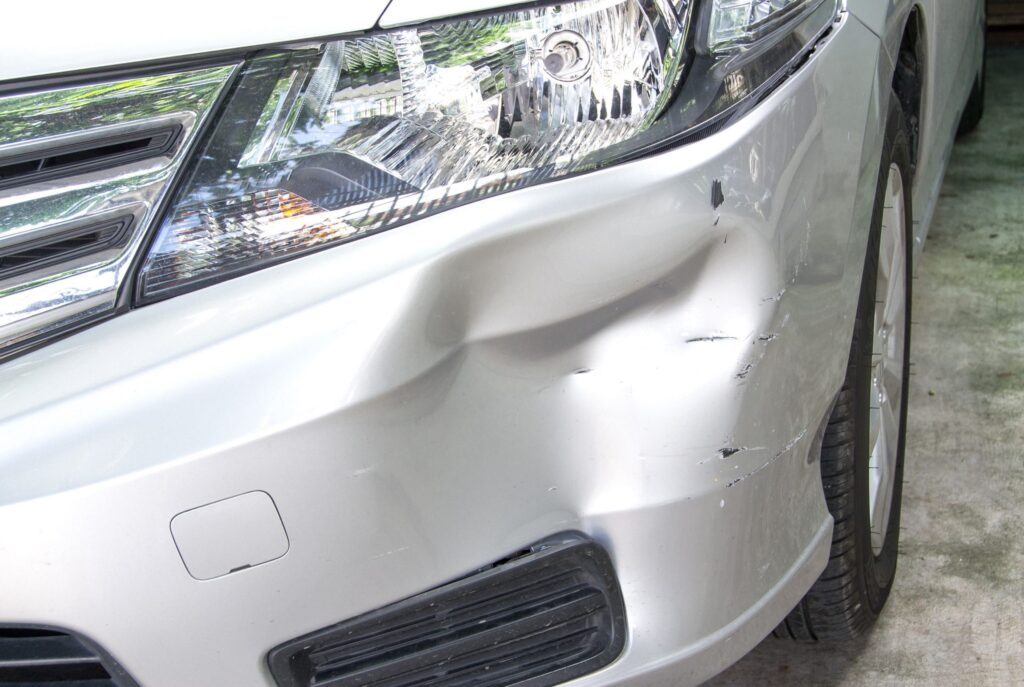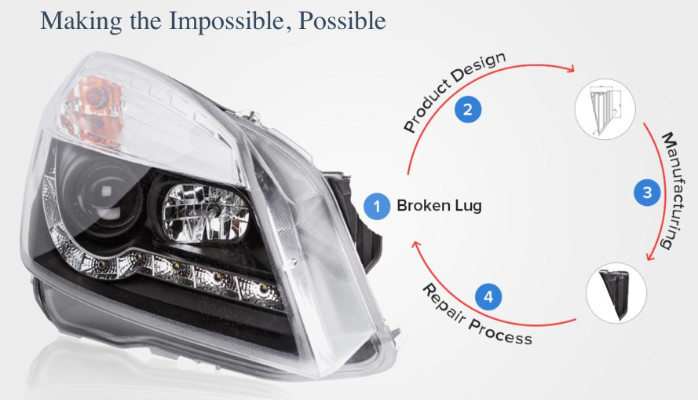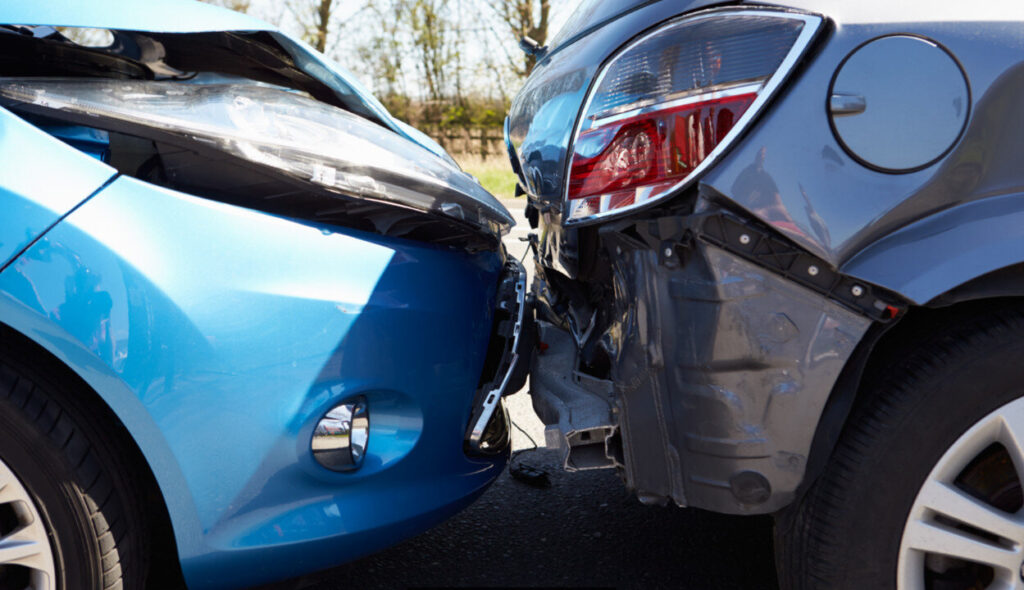Plastic repairs have become an essential aspect of the collision industry, driven by advancements in repair technologies and increasing environmental concerns. As vehicle manufacturers continue to incorporate more plastic components, the need for efficient and effective repair solutions has grown. This article explores the current trends, benefits, and future directions of plastic repairs, highlighting their significance in the industry and the urgent need to phase out the use of fillers due to their impact on repair quality and vehicle safety.
The collision industry has witnessed significant technological advancements in plastic repair methods. These advancements enable repair technicians to restore plastic components to their original strength and appearance, reducing the need for part replacements. With increasing awareness of environmental issues, there is a growing emphasis on reducing waste and promoting recycling within the industry. Plastic repairs align with the principles of the circular economy, focusing on repair and reuse rather than replacement. This approach minimizes waste and conserves resources, contributing to a more sustainable industry.
As the complexity of plastic repairs has increased, so has the demand for skilled technicians. Training programs and certification standards are being developed to ensure that technicians are equipped with the necessary skills and knowledge. These programs help maintain high-quality repair standards and ensure the safety and performance of repaired vehicles. One of the primary benefits of plastic repairs is cost-effectiveness. Repairing damaged plastic parts is often more affordable than replacing them. This cost savings extends to insurance companies and vehicle owners, making plastic repairs an attractive option.
Plastic repairs significantly reduce waste by restoring damaged parts instead of discarding them. This practice helps decrease the environmental footprint of the collision industry by minimizing the need for new parts and reducing the amount of waste sent to landfills. Plastic repairs can often be completed more quickly than sourcing and replacing parts. This reduces vehicle downtime, benefiting both repair shops and customers. Faster turnaround times also enhance customer satisfaction and shop productivity. Repairing plastic components allows for the retention of original manufacturer parts, maintaining the integrity and fit of the vehicle. This ensures that the repaired vehicle meets safety and performance standards, preserving its value and functionality.
While plastic repairs offer numerous benefits, the use of fillers, which has been the choice repair method for plastic parts for decades, poses significant challenges. It\’s time to eliminate their use in plastic repairs. Fillers are commonly used to smooth out imperfections and restore the shape of damaged plastic parts. It’s a shortcut method instead of working the low or impact area out of the damaged parts and file-finishing the part back into shape. However, fillers have been identified as a leading cause of repair failures. The thickness of the film buildup from fillers can interfere with radar and Advanced Driver Assistance Systems (ADAS), compromising vehicle safety and part performance. Fillers are also time-consuming and create a very dirty environment, as filler dust settles all over the part and its surrounding area, including on the technicians. Additionally, the use of sandpaper to shape fillers creates waste and drives up repair material costs.
Fillers can create inconsistencies in the repaired surface, leading to potential weaknesses and vulnerabilities. These issues can affect the longevity and durability of the repair, increasing the likelihood of future failures. Additionally, the buildup of filler material can interfere with the proper functioning of radar and ADAS sensors, which rely on precise measurements to ensure vehicle safety. To address these concerns, the collision industry must prioritize the development and adoption of alternative repair methods that do not rely on fillers. Techniques such as plastic welding and adhesive bonding offer more reliable and consistent results, eliminating the need for excessive filler material. By phasing out the use of fillers, the industry can enhance repair quality, ensure the safety and performance of repaired vehicles, and support the broader adoption of advanced safety technologies.
Establishing industry-wide guidelines and best practices will ensure consistent repair quality and safety. Collaboration can also facilitate the sharing of knowledge and innovation, driving continuous improvement in plastic repair techniques. Companies such as Chicago-based 4Plastic, the UK\’s Plastrepair, and Australia\’s Plastfix are driving collaboration to new heights, working together and with regional industry partners to lead the way in developing advanced processes for filler-free plastic repairs using specialty tools, materials, and jigs. The future of plastic repairs lies in the integration of digital technologies. 3D scanning and printing are already being used to create precise repair parts, tools, and jigs. Digital platforms for managing repair processes and inventory are also emerging, streamlining operations and improving efficiency. Greater collaboration between manufacturers, repair shops, and industry bodies is essential for the development of standardized repair procedures.
Continued investment in research and development is crucial for the advancement of plastic repair methods. Exploring innovative solutions such as bio-based plastics and sustainable adhesives can lead to more environmentally friendly and effective repair options. R&D efforts should also focus on improving the durability and reliability of repairs, reducing the risk of future failures. Expanding training programs to equip technicians with the latest skills and knowledge is vital for the future of plastic repairs and circular parts economies. As vehicle manufacturers increase the use of plastic on vehicles, and more components are made from plastic, it will warrant segregating this skill as its own career. Promoting careers in plastic repairs and attracting new talent to the industry will help address the growing demand for skilled technicians. Workforce development initiatives should emphasize the importance of continuous learning and adaptation to new technologies and methods.
Plastic repairs are transforming the collision industry by offering cost-effective, environmentally friendly, and efficient solutions. However, the industry must address the challenges posed by the use of fillers, which compromise repair quality and vehicle safety. By embracing technological advancements, promoting collaboration and standardization, investing in research and development, and expanding training programs, the collision industry can enhance its sustainability efforts, improve repair quality, and provide better value to customers. The future of plastic repairs lies in innovation and adaptation, ensuring that repaired vehicles meet the highest standards of safety and performance.


